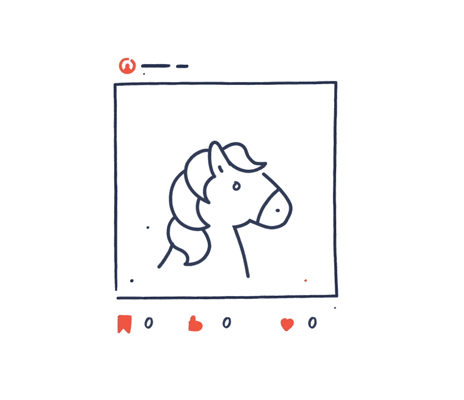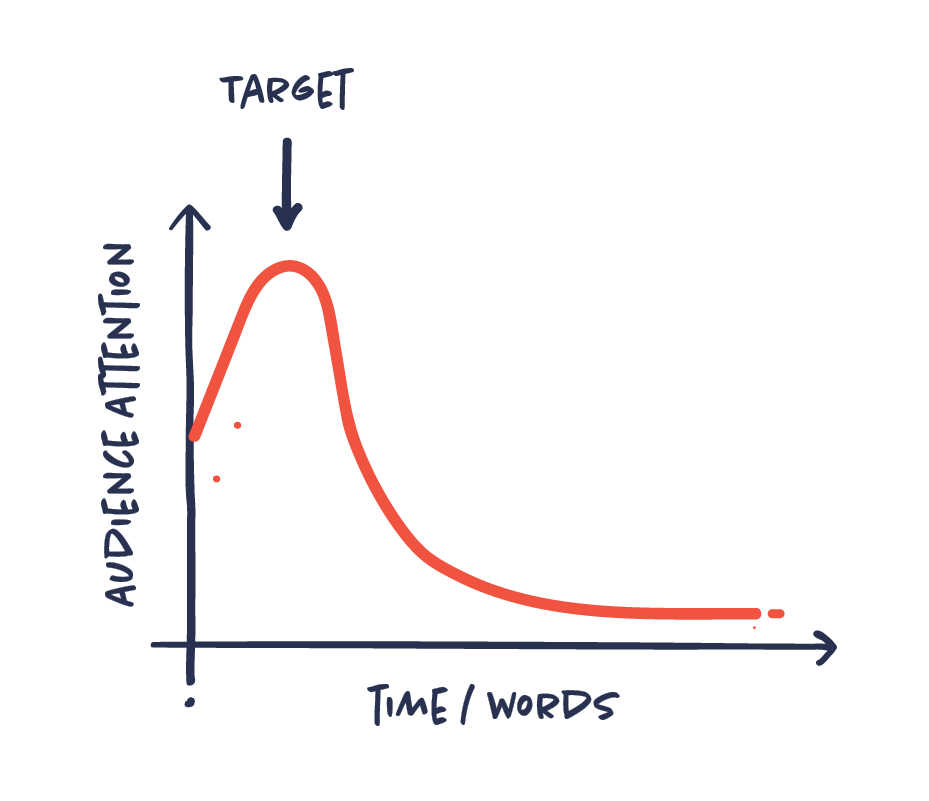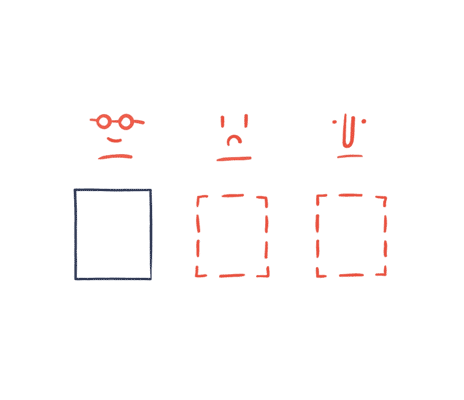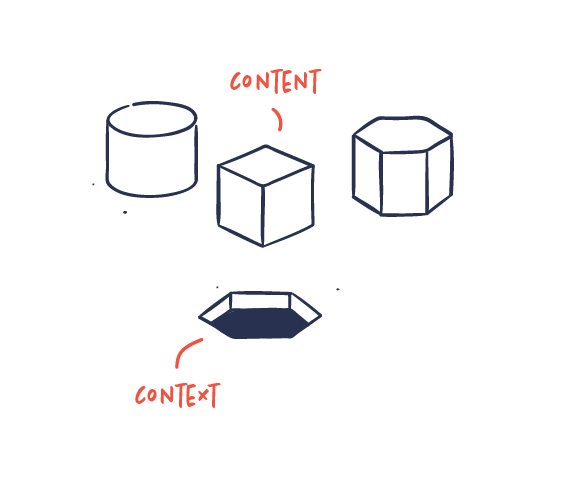The Notebook
on Infographics
Hard-earned insights from our notebook
about infographics and information design.
Hands-on, honest and condensed.
Nothing is for everyone
All communication has a target group, a specific audience. When working with information design, knowledge about your audience should inform the decisions you make regarding style, tone of voice, etc. Avoid trying to communicate to everyone – that’s impossible. The better you know your target audience, the better you will be able to communicate.

Virality can’t be planned
You can’t design a ‘viral video’ . Your video might go viral, but it’s almost impossible to plan. You might be able to produce content that is more likely to go viral or plan a strategy that makes it more likely. But it is naive to think that we are in control of virality. Stop focusing on virality and start making great and inspiring content that matters.

Chop your visuals into digestible pieces
Design your content and visuals as flexible as possible to create multiple visual stories from one core piece of content. One coherent piece of content, animation or complex infographic may consist of multiple visual stories that can often easily be chopped into small individual stories without losing its meaning. This way you will gain more from your content and you will be able to distribute your content more effectively to different channels.

Design for short attention span
It’s becoming increasingly difficult to engage and hold the attention of our audiences. More content and more publishers than ever before competing to reach the same audience are some of the reasons.
That’s why you have to design with this challenge in mind. Aim to get the attention from first sight by presenting something interesting from the start. Captivate your audience to increase the chances that they will engage with your content.

Users are different – as should your content be
Different audiences have different backgrounds, knowledge, needs and preferences. Ideally, your content should be tailored differently for different audiences. Consider things like cultural background, attention span and interests. So when possible, adjust or even remake your content to target your audience better.

The context defines the shape of your content
Your content won’t work in just any given context. The context is the channel, the media, the audience, the time and the place. The context will determine how you should approach and build your visuals. If the context is already fixed, you need to build content that’s suitable for the given context and tailored to it.

Tell the story differently for different media
Often your story will be used for different media. The story should be communicated differently to fit both the possibilities and the limitations of the media. There’s simply no such thing as one-fits-all. Therefore trim, add, edit, divide, adjust or redesign for the best results.


